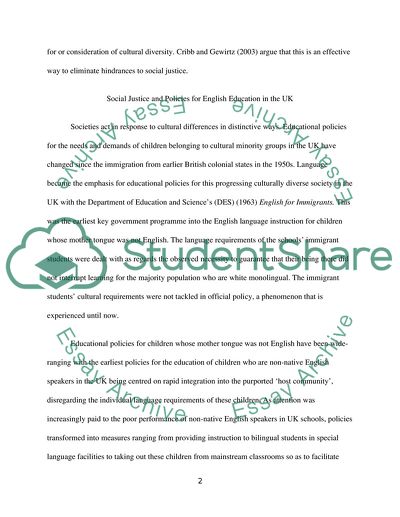Cite this document
(“Social Justice and Policies for Children Learning English Essay”, n.d.)
Retrieved from https://studentshare.org/education/1687338-discuss-one-aspect-of-social-justice-specifically-for-children-speaking-english-as-an-additional-language
Retrieved from https://studentshare.org/education/1687338-discuss-one-aspect-of-social-justice-specifically-for-children-speaking-english-as-an-additional-language
(Social Justice and Policies for Children Learning English Essay)
https://studentshare.org/education/1687338-discuss-one-aspect-of-social-justice-specifically-for-children-speaking-english-as-an-additional-language.
https://studentshare.org/education/1687338-discuss-one-aspect-of-social-justice-specifically-for-children-speaking-english-as-an-additional-language.
“Social Justice and Policies for Children Learning English Essay”, n.d. https://studentshare.org/education/1687338-discuss-one-aspect-of-social-justice-specifically-for-children-speaking-english-as-an-additional-language.


